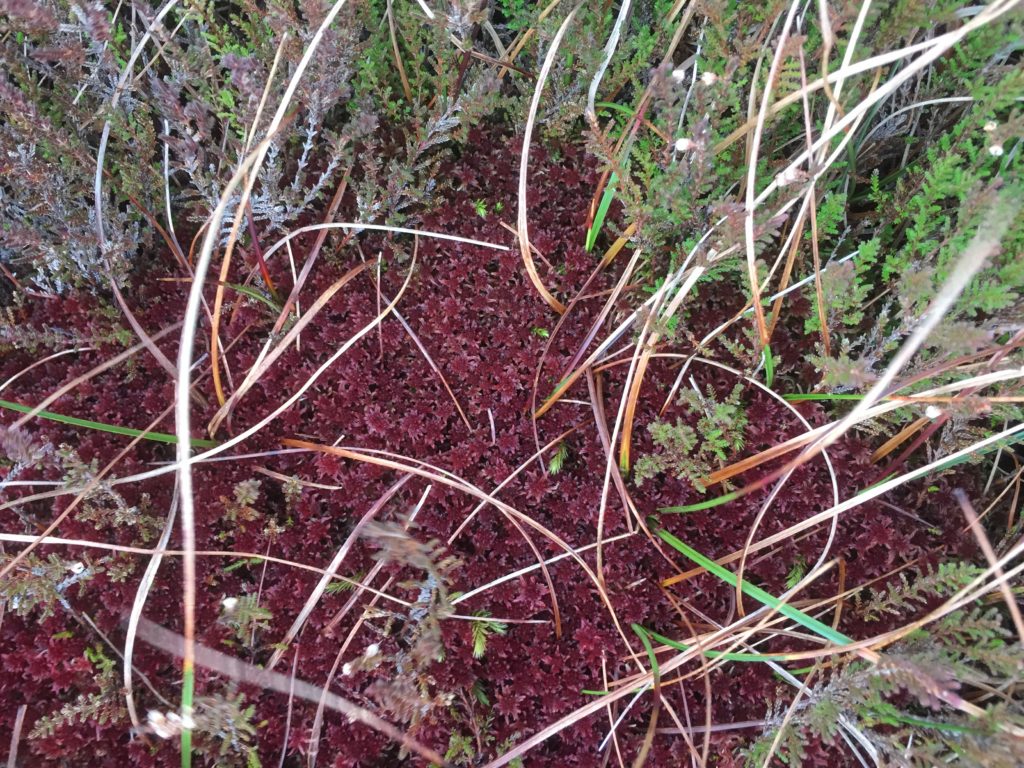Yorkshire Water and their partners Moors for the Future have commenced with a catchment management project in Snailsden and Thurlston Moors in February 2017.

It forms part of a £2million programme supporting Natural England to improve the condition of Sites of Special Scientific Interest (SSSI).
Natural England is the government’s adviser for the natural environment in England and aims to protect England’s nature and landscapes.
Centuries of change have led to Yorkshire’s peatland habitats getting degraded and over the next four years Yorkshire Water will conserve and enhance 43 square miles of Yorkshire’s peat moorland – much of which is owned by the water company and designated as SSSI.
Innovative survey techniques have been used such as the deployment of unmanned aircraft to map erosion features on SSSI moorlands and help to identify areas for improvement.
Restoring and protecting these iconic landscapes will boost local biodiversity and benefit the thousands of visitors who enjoy the moors and also improve the quality of raw water in several moorland catchments.
The project on Snailsden and Thurlstone Moors will involve re-vegetation of eroded bare peat wth local species used including sphagnum mosses. Sphagnum regeneration will help to reduce peat loss and maintain the natural water table.
Grips and moorland gullies are also up for restoration. Grips or man-made drains were dug across Yorkshire’s upland peatlands in the mid-20th century to improve the land for agriculture but many of these have become badly eroded over time.
Approximately 4,000 peat turf and stone dams will be created in these grips and gullies to slow the water flow and also restore the water table. These will also serve to trap peat sediment, helping to prevent it getting into water destined for customers’ water supplies, meaning it will be easier for Yorkshire Water to treat.
Michael Toy, Yorkshire Water’s Project Manager said: “Because the moors are so remote we are using a helicopter to deliver the materials and the mosses to site. We’ll use an area to the south east of Winscar reservoir car park to store materials and there will be times when we need to close this car park to allow the helicopter to take off and land safely.”
The project at Snailsden and Thurlstone Moors will be complete in March, if the weather permits, with the whole programme of work complete by the end of 2020.
 The Ultimate Business Blog Citygirlbusinessclub.com
The Ultimate Business Blog Citygirlbusinessclub.com